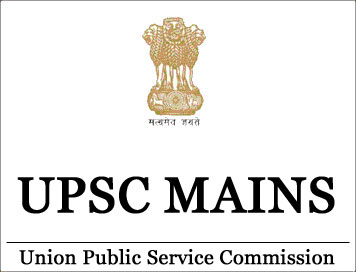(HOT) UPSC Current Affairs 2025 PDF
NEW! The Gist (NOV-2025) | E-BOOKS
UPSC Mains Exam Syllabus - Urdu Optional

UPSC Mains Exam Syllabus - Urdu (Literature)
::Paper – 1::
(Answers must be written in Urdu)
Section "A"
Development of Urdu Language
(a) Development of Indo-Aryan
(i) Old Indo-Aryan
(ii) Middle Indo-Aryan
(iii) New Indo-Aryan.
(b) Western Hindi and its dialects Brij Bhasha Khadi Boli, Haryanavi, Kannauji, Bundeli—Theories about the origin of Urdu language.
(c) Dakhani Urdu—origin and development, its significant linguistic features.
(d) Social and Cultural roots of Urdu language— and its distinctive features.
Script, Phonology, Morphology, Vocabulary.
Section "B"
(a) Genres and their development :
(i) Poetry: Ghazal, Masnavi, Qasida, Marsia, Rubai Jadid Nazm.
(ii) Prose : Novel, Short Story, Dastan, Drama, Inshaiya, Khutoot, Biography.
(b) Significant feaures of : (i) Deccani, Delhi and Lucknow schools, (ii) Sir Syed movement, Romantic movement, Progressive movement, Modernism.
(c) Literary Criticism and its development with reference to Hali, Shibli, Kaleemuddin Ahmad, Ehtisham Hussain, Ale-Ahmad Suroor.
(d) Essay writing (covering literary and imaginativetopics).
IAS Mains General Studies Study Kit
::Paper - 2::
(Answers must be written in Urdu)
This paper will require first hand reading of the texts prescribed and will be designed to test the candidate's critical ability.
Section "A"
1. Mir Amman : Bagho-Babar
2. Ghalib : Intikhab-e-Khutoot-e Ghalib
3. Mohd. Husain Azad : Nairang-e-Khayal
4. Prem Chand : Godan
5. Rajendra Singh Bedi : Apne Dukh Mujhe Dedo
6. Abul Kalam Azad : Ghubar-e-Khatir
Section "B"
1. Mir : Intikhab-e-Kalam-e-Mir (Ed. Abdul Haq.)
2. Mir Hasan : Sahrul Bayan
3. Ghalib : Diwan-e-Ghalib
4. Iqbal : Bal-e-Jibrail
5. Firaq : Gul-e-Naghma
6. Faiz : Dast-e-Saba
7. Akhtruliman : Bint-e-Lamhat


